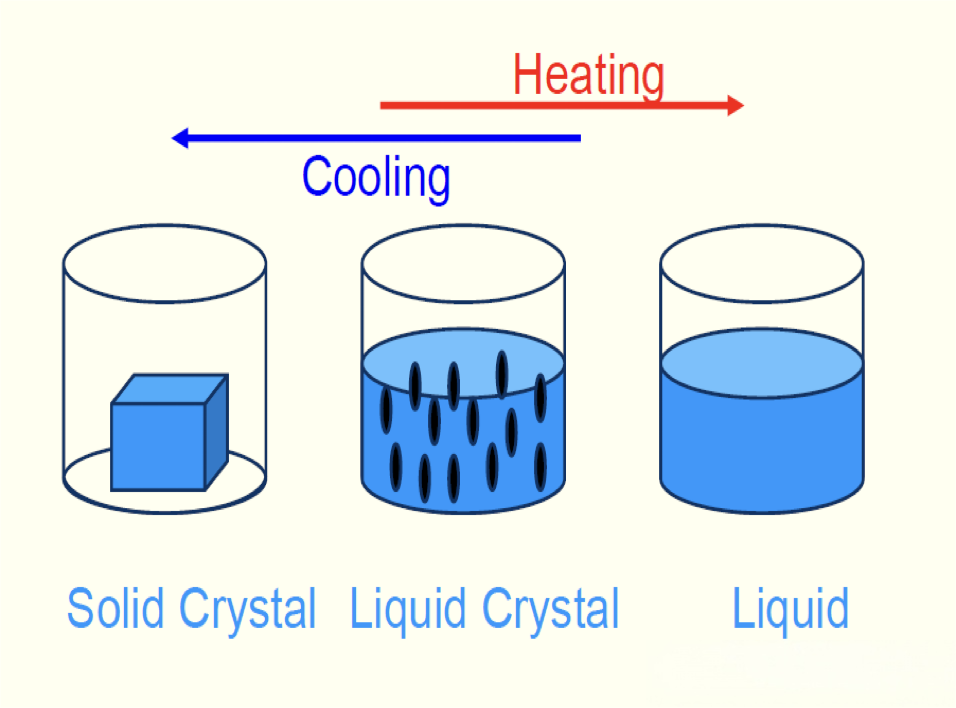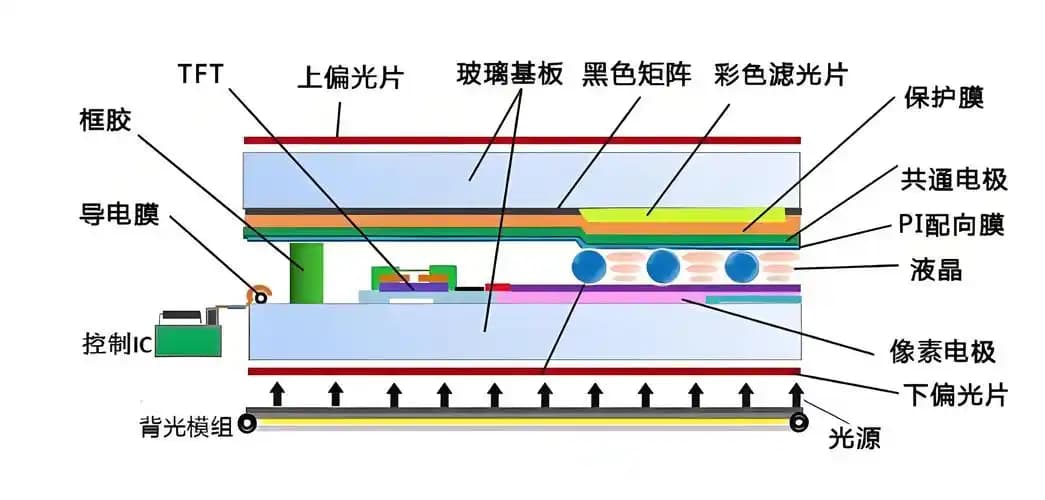The Precision Dance of Light and Shadow: Exploring the Inner Workings of LCD Display Technology
2025-11-06
In every corner of the digital age, liquid crystal displays have quietly transformed our visual experience through their unique charm. This seemingly simple yet profoundly scientific technology showcases the perfect integration of technology and art through a sophisticated "dance of light and shadow."
Liquid Crystals: The Intelligent Bridge Between Light and Electricity
Liquid crystals, these remarkable materials existing between solid and liquid states, serve as the protagonists of this performance. Their molecules maintain the regular arrangement of crystals while possessing the fluid characteristics of liquids. When light passes through these orderly molecules, a marvelous transformation occurs—the polarization direction of light is precisely controlled. Even more astonishing is that this control can be regulated by voltage: the higher the voltage, the greater the flip angle of the liquid crystal molecules, and consequently, the light transmittance changes accordingly. This sophisticated electro-optical characteristic lies at the heart of LCD technology.

Polarizers: The Delicate Symphony of Light Gates
Polarizers play a crucial role in enhancing this dance of light and shadow. They function like perfectly synchronized dance partners, arranged in mutually perpendicular directions. When natural light passes through the first polarizer and becomes linearly polarized, the liquid crystal molecules determine how much to rotate this light based on the applied voltage. If the rotated light aligns with the direction of the second polarizer, it passes through smoothly; if misaligned, the light is blocked. This precise coordination enables delicate transitions from brightness to darkness.

Precision Structure: The Perfect Multi-layered Stage
Behind this performance lies a meticulously layered architecture. Two glass substrates coated with transparent conductive films form the stage platform, between which a thin layer of liquid crystal material is filled. Peripheral sealing structures ensure the liquid crystal operates in an ideal environment, while the surface polarizers function like stage curtains, regulating the final visual effect. Each component performs its duty, collectively sustaining this spectacle of light and shadow.
TFT Array: The Precision Conductor of Pixels
The true intelligence manifests in pixel-level precision control. The Thin-Film Transistor (TFT) array operates like an intricate command system, with each pixel equipped with an independent TFT switch. When scanning signals arrive, the corresponding transistors activate, allowing data signals to be written; after signal writing, the transistors turn off, relying on storage capacitors to maintain voltage stability. Taking a 1024×768 resolution screen as an example, it actually contains over 2.35 million such micro-control units, working in coordination at astonishing speeds to achieve precise image rendering.

The Imaging Journey: From White Light to a Colorful World
The complete imaging process resembles a carefully choreographed ballet: the backlight emits uniform white light, which passes through the controlled liquid crystal layer, undergoes polarization modulation, and is then decomposed into red, green, and blue primary colors through color filters. These base colors of varying intensities mix in different proportions, ultimately presenting a vibrant, colorful world before our eyes. Notably, the LCD itself does not emit light; it functions more like an intelligent light valve, achieving display effects by precisely controlling the passage of backlight.

In this era of continuously emerging active light-emitting display technologies, LCDs still maintain important positions with their unique advantages. They teach us that the most elegant solutions often involve not creating light, but intelligently controlling it. This pursuit of precision control not only embodies the pinnacle of engineering technology but also demonstrates humanity's profound understanding of the interaction between light and matter. As technology continues to evolve, this classic LCD technology continues to thrive with renewed vitality in new application fields.



